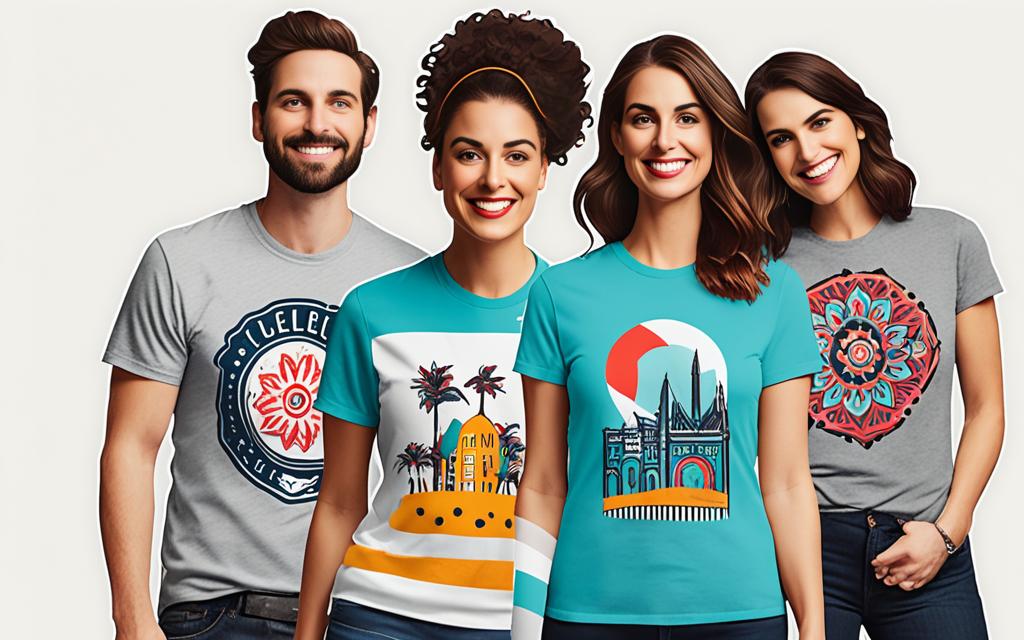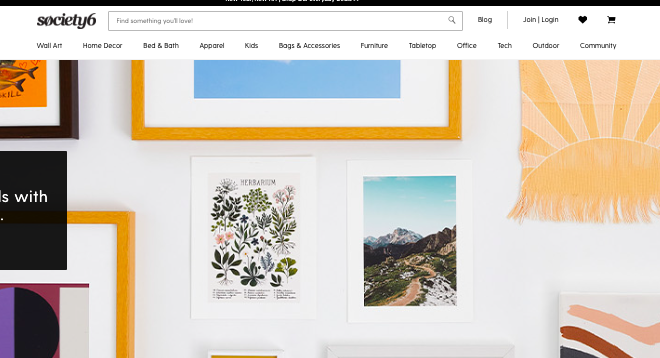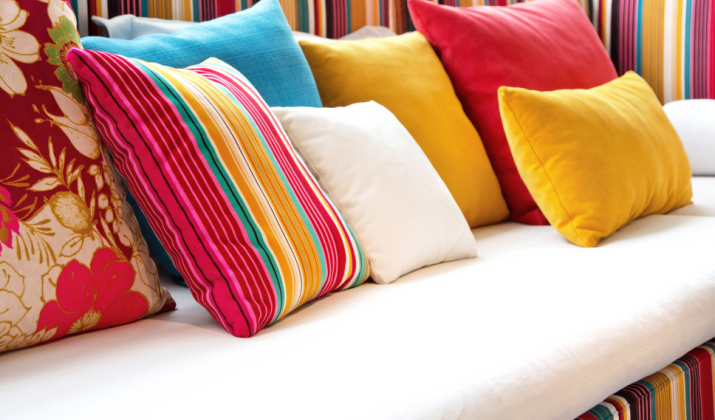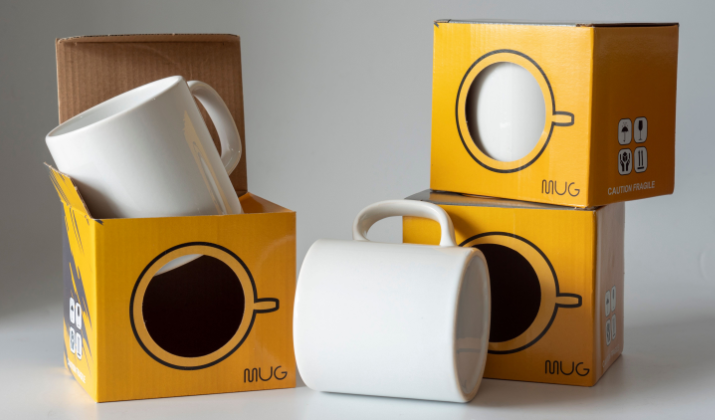As an artist or creative entrepreneur, you know how important it is to find the right platform for showcasing and selling your artwork.
In today’s digital age, print on demand platforms have become a popular choice for artists, offering a convenient way to turn their designs into tangible products without the hassle of inventory management or fulfillment.
But with so many options available, how do you decide which platform is the best fit for your needs? To help you decide, we are going to compare four popular print on demand platforms: Zazzle, Redbubble, Society6, and Printify.
Each platform has its own features that align differently with different needs. The platform that works for me, may not be the best fit for you.
As we move forward, we’ll get to know what each of these offer. By the end of it, you’ll be in a better position to pick the platform that suits you the most.
Zazzle
Zazzle is an online marketplace that offers customizable products, allowing users to upload their designs and sell them on various items such as t-shirts, mugs, phone cases, and more.
The platform is known for its “on demand” products, which means that there are no upfront costs for sellers, as products are manufactured and shipped only when an order is placed.
To start selling on Zazzle, users can create a store, choose a product or multiple products to place their design on, and give their design a title and a description to help it be found.
The platform offers a wide range of customization options, including the ability to remove text and/or images, alter the size and placement of elements, and add new text and/or images.
Users can also choose whether or not to allow other users to customize their products.
Zazzle allows sellers to set their own royalty rates, which can be adjusted based on factors such as the final sale price, affiliate payouts, and bulk discounts.
However, when Zazzle marks down items by 50%, sellers’ royalties are based on the discounted price, not the full price of the product.
Sellers can structure their pricing around typical daily sales prices and focus on higher-end products to increase their commissions, especially during sales and promotions.
Also Read: Best Amazon Merch Alternatives
In terms of copyright protection, Zazzle states that users retain copyright to their original artwork, and the platform only displays the products on their website and in off-site advertising with the user’s permission.
However, users grant Zazzle and other users permission to manipulate the contents of the product for customization purposes, which may raise concerns about derivative works and unauthorized use of copyrighted material.
To protect their work, sellers can add a copyright notice to their designs and use Zazzle’s Design Transfer feature to prevent customers from transferring the design to another product without their permission.
Zazzle’s community is active and engaged, with users discussing various topics such as product customization, sales and promotions, and copyright protection.
The platform also offers resources for sellers, including a help center, a blog, and a community forum where users can ask questions and share their experiences.
All in all, Zazzle poses a stiff competition to others in print on demand domain.
Redbubble
Redbubble is a print-on-demand platform that allows artists to sell their work on various products like t-shirts, stickers, phone cases, and more.
It is a legitimate platform that has been around for over a decade and has a good reputation in the art community.
Artists can make a decent amount of money from selling their artwork on Redbubble, but it is not a get-rich-quick scheme.
There is a lot of competition on the website, so artists need to promote their products well in order to make sales.
Redbubble handles the printing, production, and shipping of the products, which makes it easy for artists to sell their work without having to worry about the logistics.
The website also offers a wide range of products, which allows artists to sell their work on a variety of items.
However, Redbubble does take a significant cut of the profits, which can make it difficult for artists to make a lot of money from their sales.
Check Out: Redbubble vs Teemill
One of the benefits of using Redbubble is that it is free to join and start selling. Artists can set their own prices for their products, which allows them to control their revenue.
However, Redbubble does charge a base price for each product, which can affect the artist’s profit margin.
Redbubble also has a review system that allows customers to leave feedback on the products they have purchased.
This can be helpful for artists to get feedback on their work and improve their products. However, some customers have reported issues with the review system, such as the same reviews appearing on multiple designs.
Overall, Redbubble is a good platform for artists to sell their work and make money from their art.
However, it is important for artists to understand the pros and cons of the platform and to promote their products effectively in order to make sales.
Also Read: Redbubble vs Etsy
Society6
Society6 is a print-on-demand platform that provides artists with an opportunity to showcase and sell their artwork on various products like art prints, home decor, tech accessories, and apparel.
Recently, Society6 transitioned from being a free platform to one that requires new accounts to choose from three subscription plans: Free, Basic, and Pro.
The subscription plans offer different benefits, such as access to an analytics tool, discounts on personal purchases, and varying levels of artist margin deductions from retail prices.
The introduction of subscription plans by Society6 aims to address issues related to the quality and originality of designs on the platform.
The platform has faced challenges with low-quality designs, copyright concerns, and the influx of non-serious artists looking to make quick money.
By implementing subscription fees and design restrictions, Society6 aims to curate a catalog of high-quality designs and provide a better environment for genuine, independent artists to thrive.
Check Out: Teepublic vs Threadless
For artists considering selling on Society6, it is essential to evaluate their goals and performance on the platform.
Artists need to weigh the subscription costs against their earnings and consider factors like the number of designs allowed, the quality of their work, and the potential for sales.
Society6 encourages artists to focus on quality over quantity, set a consistent upload pace, work on marketing skills, and consider diversifying their presence across multiple print-on-demand platforms to test their market and niche.
In short, Society6 offers artists a platform to showcase their work and potentially earn income through the sale of their designs on various products.
The recent changes in subscription plans reflect Society6’s commitment to promoting quality, originality, and a curated selection of designs.
Artists considering Society6 should carefully assess their strategy, goals, and the platform’s requirements to make informed decisions about selling their artwork on the platform.
Also Read: Fine Art America Review
Printify
Printify is a print-on-demand platform that allows users to create and sell custom products worldwide. Users design their products, and Printify handles the printing, packing, and shipping process.
The platform offers a wide selection of customizable products at competitive prices and efficient shipping due to its global network of printing providers.
Printify has received positive feedback for its user-friendly interface, seamless e-commerce integration, diverse product range, intuitive design, efficient production, print quality, and quick and effective customer service for problem-solving.
The platform is known for its easy customization tools, excellent support, and the ability to integrate with major e-commerce platforms and marketplaces.
Users appreciate the platform’s support in resolving issues and providing step-by-step instructions to enhance their experience.
Printify is completely free to use and includes full access to its large product catalog. This allows users to create and sell custom products worldwide without any upfront costs.
Printify offers a wide selection of customizable products at competitive prices and efficient shipping due to its global network of printing providers.
Check Out: Printify vs CustomCat
This means that users can choose from a variety of products and shipping options to suit their needs. Printify’s user-friendly interface and easy customization tools make it easy for users to create and sell custom products online.
The platform also integrates with major e-commerce platforms and marketplaces, making it easy for users to manage their orders and inventory.
Printify’s product designer tools are also commendable, as they make it easy to upload designs and control the stacking order of elements in product designs.
This allows users to create high-quality custom products that meet their customers’ needs. Printify’s pricing is also competitive, with prices that are lower than its competitors.
This means that users can make a higher profit margin on their sales, which is essential for building a successful business.
Overall, Printify offers several advantages for printing and shipping, including a wide product selection, competitive pricing, easy customization tools, and efficient shipping.
These advantages make Printify a valuable tool for individuals looking to create and sell custom products online.
Explore: Printify vs Gooten
Final Words
All the four platforms have their own strengths and weaknesses. However, there are certain things you must consider before picking one.
Ensure that the platform offers high-quality products and a variety of printing methods, such as direct-to-garment, cut-and-sew, sublimation, and embroidery.
Look for a platform that provides fast and reliable shipping, with products typically ready to ship in two to five business days.
Compare the costs and shipping rates of different platforms to ensure that they are reasonable and won’t eat into your profit margins.
Choose a platform that offers the printing and customization options you want, such as the ability to add custom tags or include stickers and inserts in the product packaging.
Consider whether the platform allows you to sell products via your own website and/or third-party marketplaces like Etsy.
Look for a platform that provides 24/7 customer support, as this can be crucial for resolving any issues that may arise.
Review them closely on these parameters and you’re likely to pick the best platform for your custom printing, and online selling needs.
Be it Zazzle, Redbubble, Society6, or Printify, each one is good in its own respect.













